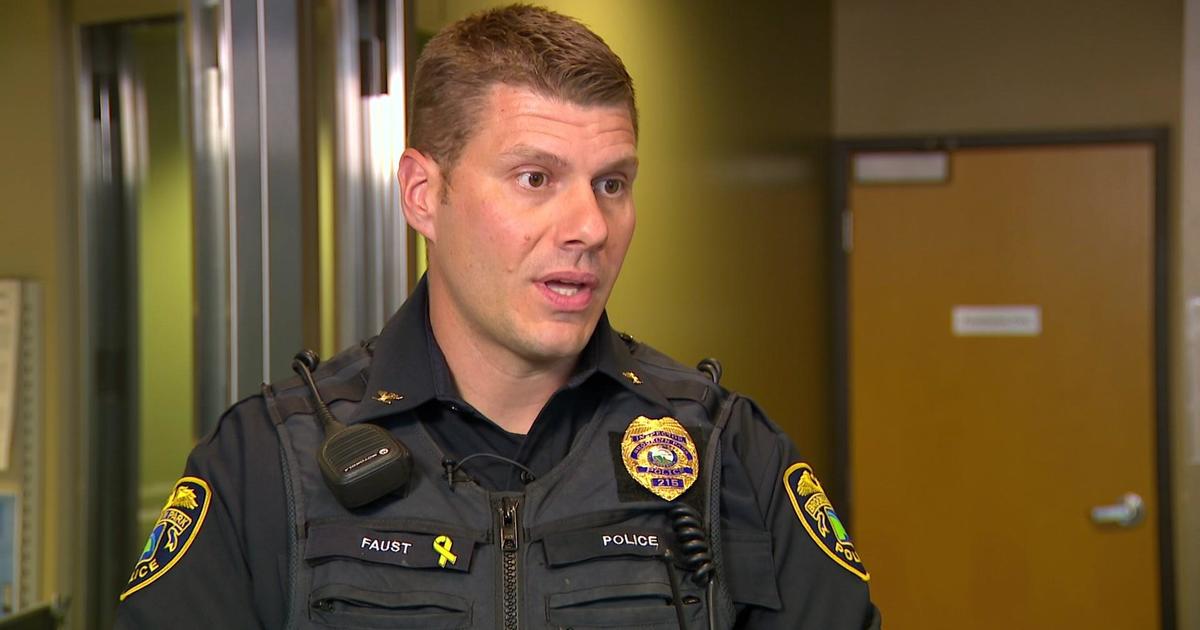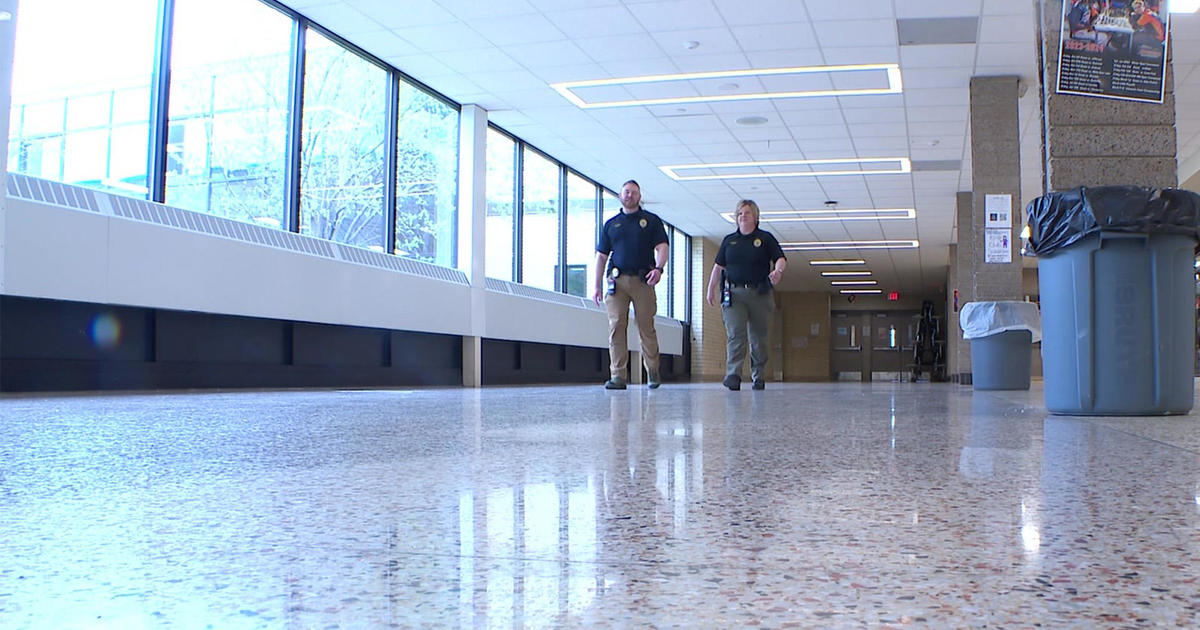Life Link III Flight Crew Saves Lives For A Living
MINNEAPOLIS (WCCO) -- They can treat patients with any medical emergency from inside a helicopter moving at more than 170 miles an hour.The medical technicians, flight nurses and pilots that make up Life Link Three are ready to save lives 24 hours a day, seven days a week.
WCCO-TV hitched a ride to see how the crew handles working in this ambulance in the air.
When every second counts. air medical transportation may be the only thing that can save a life.
"Trauma patients have what we call a golden hour," said Tom Miller with the flight crew. "The survival rate of a trauma patient that is seriously injured and gets to a trauma center in less than an hour their survival rate is greatly increased."
A flight nurse, flight medic and pilot all work together to provide the same quality care a patient would get in a trauma center while in the air.
It's essentially an emergency room in the air that is equipped with the necessary tools and technology to save lives in critical situations, whether it's a car accident, heart attack, stroke or premature baby.
These trained professionals are dedicated to saving lives in an environment that is not designed for comfort. The inside of the Bell 407 helicopter is about the size of the back seat in a SUV.
"We have the stressors of flight that affect not only your med crew, but the patients themselves with the noise, the vibration and the temperature extreme," said Dale Rahn.
This critical care team is use to this. If you add up the years of experience between Tom the medic, Bill the flight nurse and Dale the pilot, you're looking at almost 50 years.
"We work in a real tight confinement and we have to trust each other because of the pilot is having a bad day everybody has a bad day because we are all in this together," said Rahn.
Pilots are not medically trained and the medics are not trained in aviation, but what they are trained to do is to expect the unexpected.
"A lot of time we're landing on intersections were landing in fields gravel pits you never know where you're going to end up being called to," Miller said. "There is no such thing as a normal flight. Every flight is different and you don't know what you're going to run into."
On this day the crew is called to Wisconsin to transport a patient who is having issues with his heart to Duluth.
The more than 70 clinical staff members that make up Life Link Three either have hospital intensive care or emergency room experience. It's needed, especially in cases like this.
"We might give you a little of that stuff and some nitro glycerin for that pressure in your chest," the doctor told the patient.
Patient care is important, but safety is the No. 1 priority.
"It's three to go, one to come back and if one just says I feel uncomfortable, it's an automatic 180 and we come back to base no questions asked," Rahn said.
They will never attempt a transport if weather is a factor or if the safety of the crew or patient is in question. Life Link Three has strategically based helicopters throughout the region to help decrease the time a patient has to wait for help.
This transport was a success and the patient's problems were taken care of. Now these everyday heroes head home after a job well done.
"There is a big reward in just knowing that you were a part of helping save someone's life," said Miller.
Life Link Three does more than 2,000 helicopter and 200 airplane transports each year. Pilots and medical personnel undergo extensive, in-service education to ensure the most advance care and technology are provided to patients.



